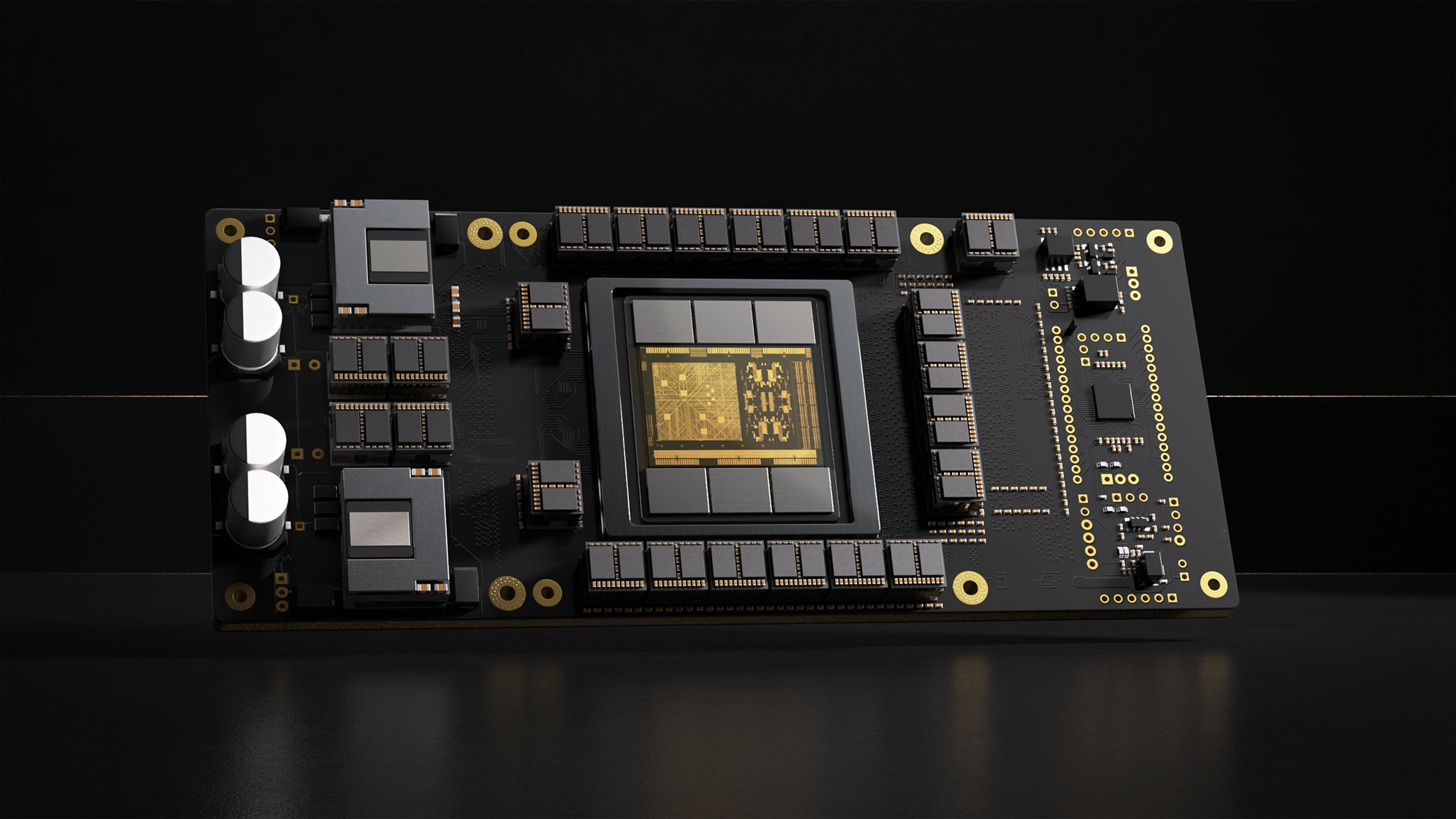One Legacy of Andrew: A Better, Stronger Hurricane Simulator

Article written by guest writer Kecia Lynn
What’s the Latest Development?
On Tuesday, 20 years after Hurricane Andrew caused more than $26 billion in damages across parts of the southern US, Florida International University debutedthe nation’s most powerful hurricane simulator, capable of generating winds up to 157 miles per hour. In a demonstration, scientists ran the simulator with two mock-up structures, one with pre-Andrew construction codes and the other with tougher codes enacted after Andrew. Surprisingly, the pre-Andrew structure held up fairly well at the beginning, but as wind speeds increased to Category 3 and 4 levels, it broke down much faster than its more improved counterpart.
What’s the Big Idea?
The facility, dubbed the “Wall of Wind,” is designed to help improve on building materials by creating test environments that can come fairly close to approximating the severest of hurricanes. Arindam Chowdhury, director of wind engineering research at FIU, says that each improved iteration of the simulator — this is the third — has led to the development of better construction designs, such as fiber-and-epoxy truss and beam anchors that are stronger than their metal equivalents. He hopes that the new and improved tool will “help ensure that products billed as ‘hurricane-resistant’ really perform that way under real-world conditions.”
Photo Credit: Shutterstock.com





